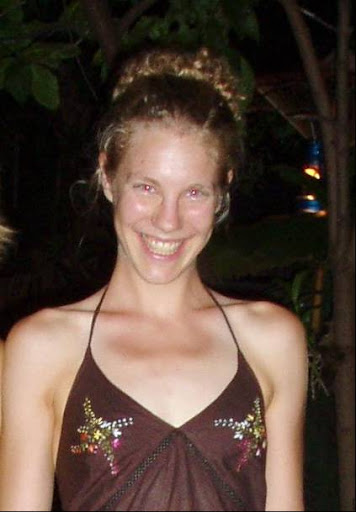Today was the first day of a three-day trip with national geographic photographers in West
Kalimantan. We started the trip with a flight from Pontianak to
Ketapang in a little, red, 6-
seater prop plane. I love flying, and this was (almost) flying heaven: a view of a beautiful tropical landscape from a relatively low elevation (we flew at 3000 ft) , low enough to see details like houses and boats. The day was cloudy but not rainy, and the hour-long flight was
exhilarating.
After touching down in the
Ketapang airport, we took a car to a hotel in town and dropped our stuff off before heading to the field. The plan for the day: go south to a large bauxite mine and try to photograph the mine workers. We rented a car and jumped in, and I immediately fell asleep. Upon awaking, I saw we had arrived in a small village, where there was a little shop to eat lunch. After grabbing a bite to eat (
predictably ice tea, rice, vegetables, and fish) we got back in the car and headed to the bauxite mine.
Bauxite is an aluminum ore. In
Ketapang, bauxite mining involves finding a small mountain, asking the government to give you this mountain, and after getting permission, leveling the mountain to get at the bauxite underneath. Not the most environmentally sensitive process. At the bauxite mine we visited, they were in the process of leveling two mountains with an incredible array of heavy-duty
equipment. The mine is open 24 hours per day, seven days per week, and there are enough mountains left in the area to last for years....
The photographers asked our driver to quietly take us to a little hill overlooking the mine. They scrambled down a slope and sneaked up on a large pipe spewing mud, to take photographs from a variety of places with different light levels. My fellow researcher
Dessy was asked to model in a few pictures -- who knows, perhaps she will make it to the front cover of national geographic! After taking pictures from afar we drove to the mine and the photographers again scrambled up a large pile of stones (bauxite, actually) to a rubber belt that transports the bauxite to waiting trucks. I did my best to distract the workers from the silly Swedes with the cameras by
pretending to be a silly
Swedish tourist. The tactic worked for a bit, but eventually we were asked whether we had permits. At that point, we high-tailed it out of the mining area for fear of being told to meet with the boss, or worse.
In the afternoon we rented a speed boat and zoomed up a nearby river to find the barges that transport bauxite away from
Kalimantan, perhaps to Java or Malaysia. The afternoon was beautiful, with rainbows and sun and a cool wind generated by the speed boat. My blog will get sappy now...close your eyes if you must. Sometimes I can hardly believe that I'm able to work in this beautiful place called
Kalimantan, I feel so thankful that I can do this work! Moments like these make all the hassle of navigating Indonesia worthwhile. Okay, you can open your eyes now =)
Tomorrow we go chasing illegal logging in Cali.
